For RF signals, the shield carries the signal just as much as the center conductor, and if it is broken anywhere, the cable performance will seriously degrade.
The shield does limit noise, by containing the desired "signal" EM field between the center conductor and the inside of the shield, acting essentially as a Faraday cage, keeping your signal inside, and other signals (noise) outside. The shield is able to completely (ideally) contain the EM field carrying the signal precisely because it carries equal and opposite currents to those in the center conductor at every point along the cable. Were this not the case, there would have to be an external field. Thus, the shield is also the return current path.
The geometry of the shield relative to the center conductor also defines the characteristic impedance of the cable. If there are any discontinuities in the shield, the signal will be distorted by reflections. In the case of the shield being entirely disconnected at one end, the distortions are likely quite horrible, and the power transfer from line driver to receiver will likely be quite poor, as most of the power will be reflected back at the line driver.

